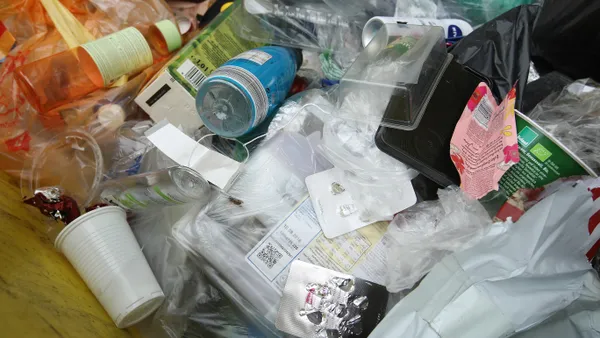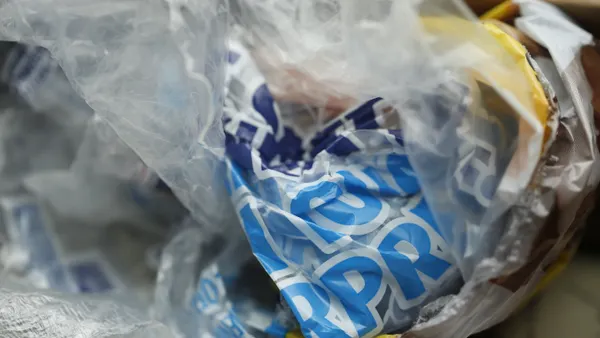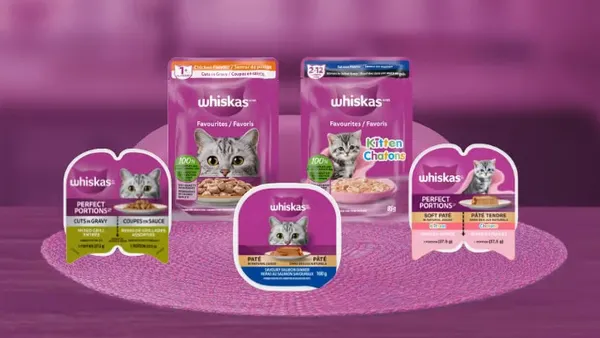Dive Brief:
- The Association of Plastic Recyclers (APR) and American Chemistry Council (ACC) have released a report showing that the overall diversion rate for plastic bottles in the U.S. was 31.1% in 2015 as compared to 31.7% in 2014.
- Of the 2.98 billion pounds of bottles collected, 97% were made of PET or HDPE. The small fraction of bottles made from polypropylene and PVC saw a slight increase in the amount of pounds collected.
- Domestic HDPE processing increased by 44 million pounds in 2015, driven by more imports and a decrease in exports due in part to weak bale prices.
Dive Insight:
These results follow trends shown in a report on PET bottle recycling rates released last month. Despite more lightweight packaging, sinking oil prices and reduced export volumes to China as a result of the "Green Fence" initiative, the U.S. bottle recycling rate appears to be somewhat stable.
Though the report notes that single-stream collection, reduced quantity of exported material and economic pressure on bale suppliers resulted in lower quality postconsumer bottle material. A lack of accessible recycling options outside of homes was also cited. The APR has been pushing new design guidelines and other standards to help ensure what is collected can actually be used once it reaches material recovery facilities for sorting.
As evidenced by recent backlash against plastic bottle waste in Canada and the U.K., it's possible that similar sentiments could eventually catch on in the U.S. and reduce the amount of available material. At the same time, bottled water consumption is also set to overtake soda this year and industry representatives have strongly resisted any efforts to curtail the use of their products in areas such as national parks so it's more likely that the supply will remain consistent for the near future.










